Talk Overview
Leadbetter begins his seminar by comparing the biological diversity in the gut of the termite to the diversity found in the Sargasso Sea. The hindgut of the dampwood termite Zootermopsis nevadensis has one of the highest densities of microbes found on earth and includes bacteria, archaea and eukaryotes of all shapes and sizes. Protozoa in the termite gut breakdown the polysaccharides in wood to produce acetate; a food source for the termite. The breakdown of wood also produces H2 and CO2. Archaea in the gut convert the H2 and CO2 to methane, while bacteria compete to convert the H2 and CO2 to more acetate thus reducing methane production. Leadbetter and his colleagues were the first to identify and successfully culture acetogenic spirochetes from the termite gut. They have since found gut bacteria capable of fixing atmospheric nitrogen and producing protein. Using genetics, Leadbetter is now studying the diversity and evolution of termites and their gut bacteria.
Speaker Bio
Jared Leadbetter
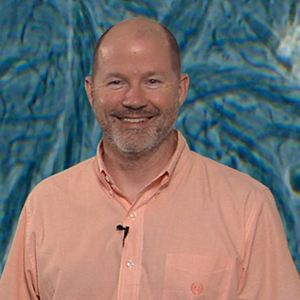
Jared Leadbetter was an undergraduate biology student at Goucher College when he attended a summer course on microbial diversity at the Marine Biological Laboratory in Woods Hole, Massachusetts. It was here that he first became fascinated with the amazing environment of the termite gut. Leadbetter went on to study termite gut microbes for his PhD… Continue Reading
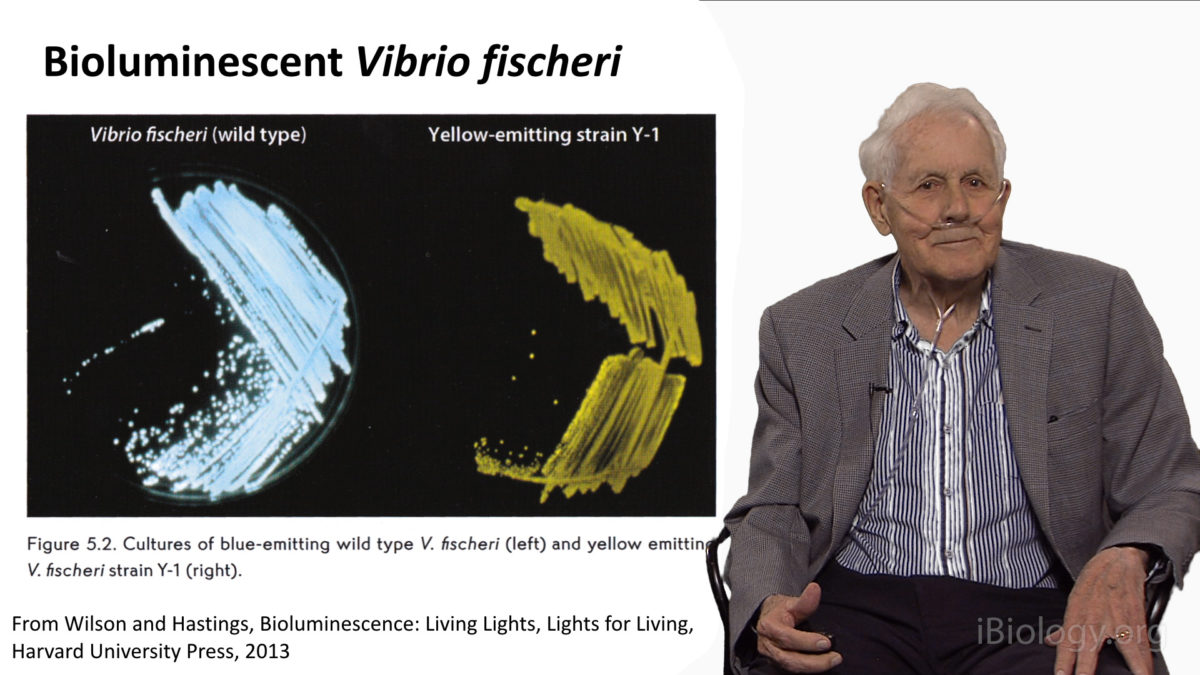
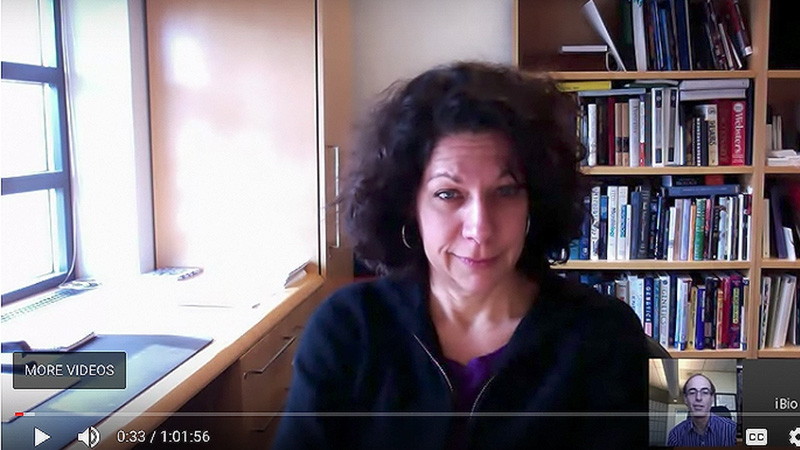
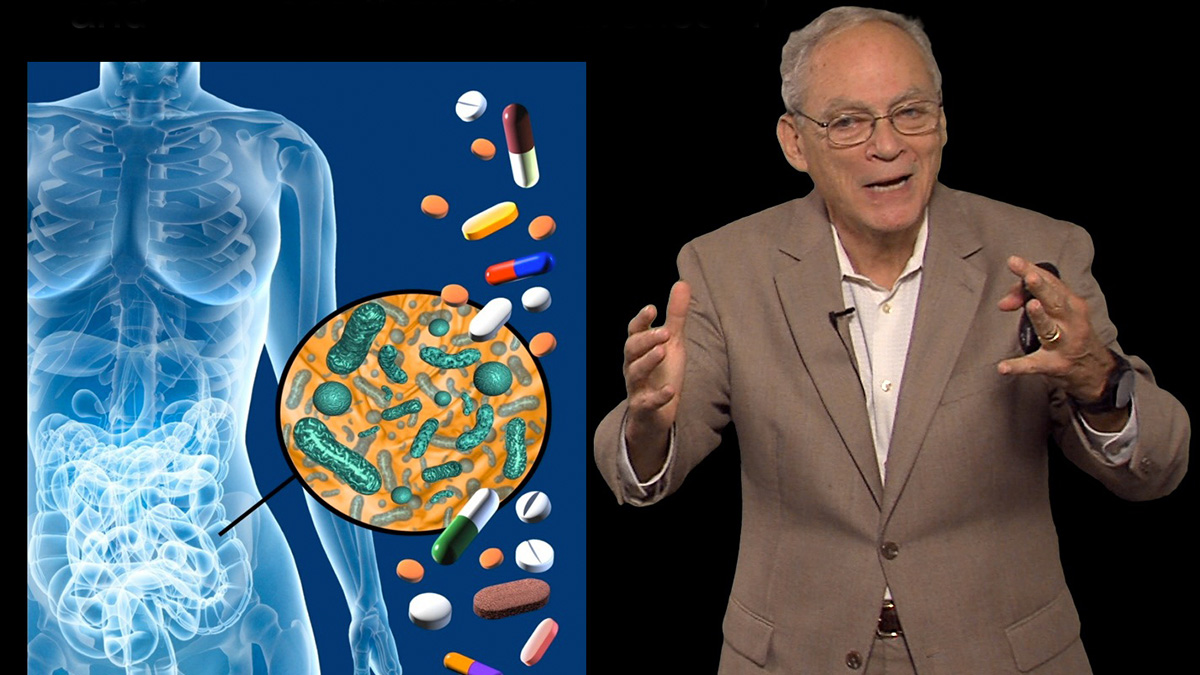
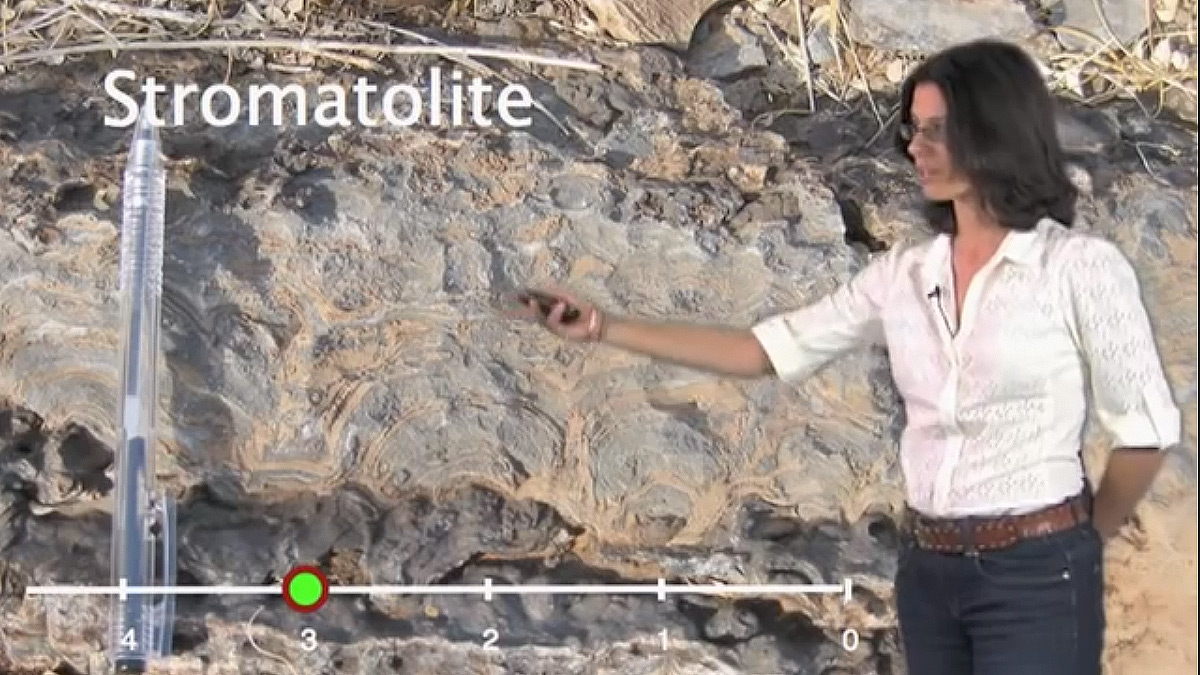
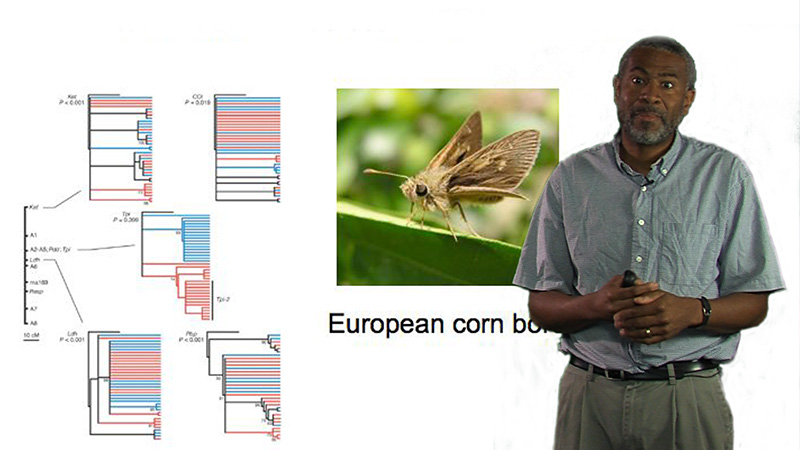

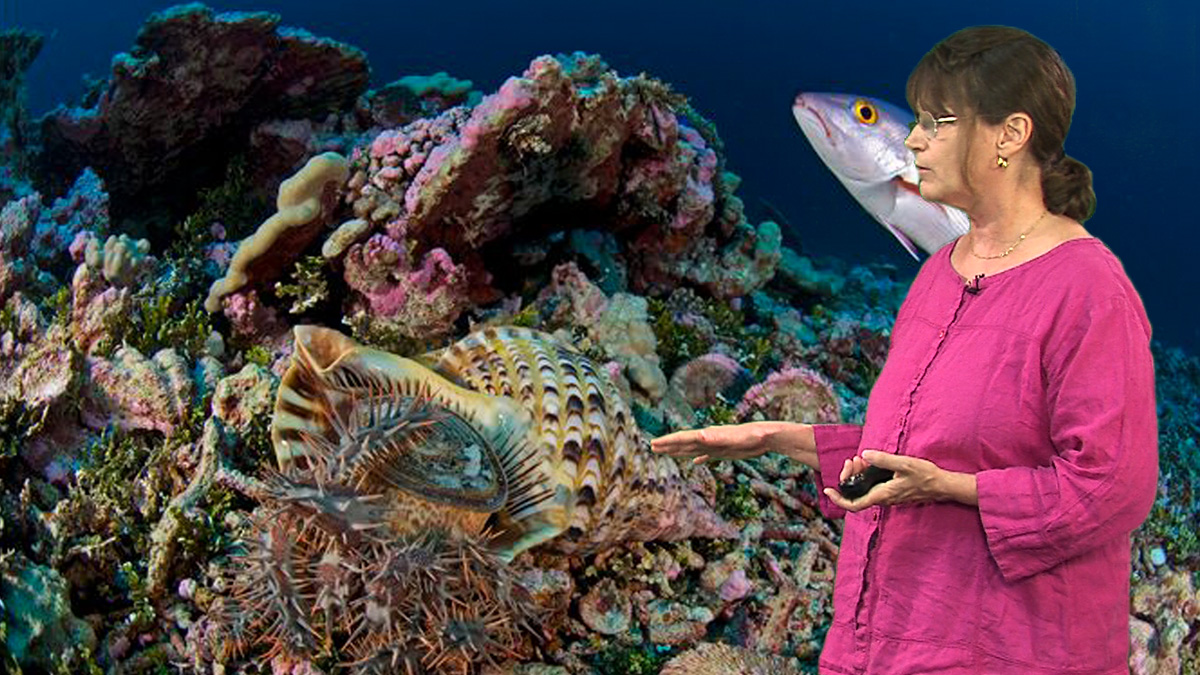




Emma says
Thank you, Jared!
I teach homeschooled students General Biology. I am a human physiologist at heart, so when a student asked a particularly interesting question about the source of trichonympha for newborn termites, I assumed it was similar to how humans develop intestinal bacterial flora, but I wasn’t sure. I was googling and reading articles/text books with no straight answer until I found this video which explained it perfectly.
Loved this video (still in 2019)!
Maria do Socorro Lacerda Rolim says
Thank you, Jared.
I’ve been studying the termite’s intestinal bacterial microbiota for a few years. And I thought your video was fantastic. It was very important for me.
John J Lisowski says
Thanks for your very interesting video! I am an amateur microscopist and have recently looked at some termite gut microscopic life simply by squashing a termite from my back yard under a cover slip. I could easily see some of the organisms discussed in your video. Your explanation of the complex symbiosis was fascinating!